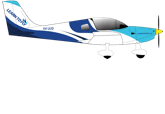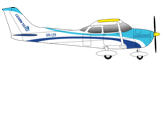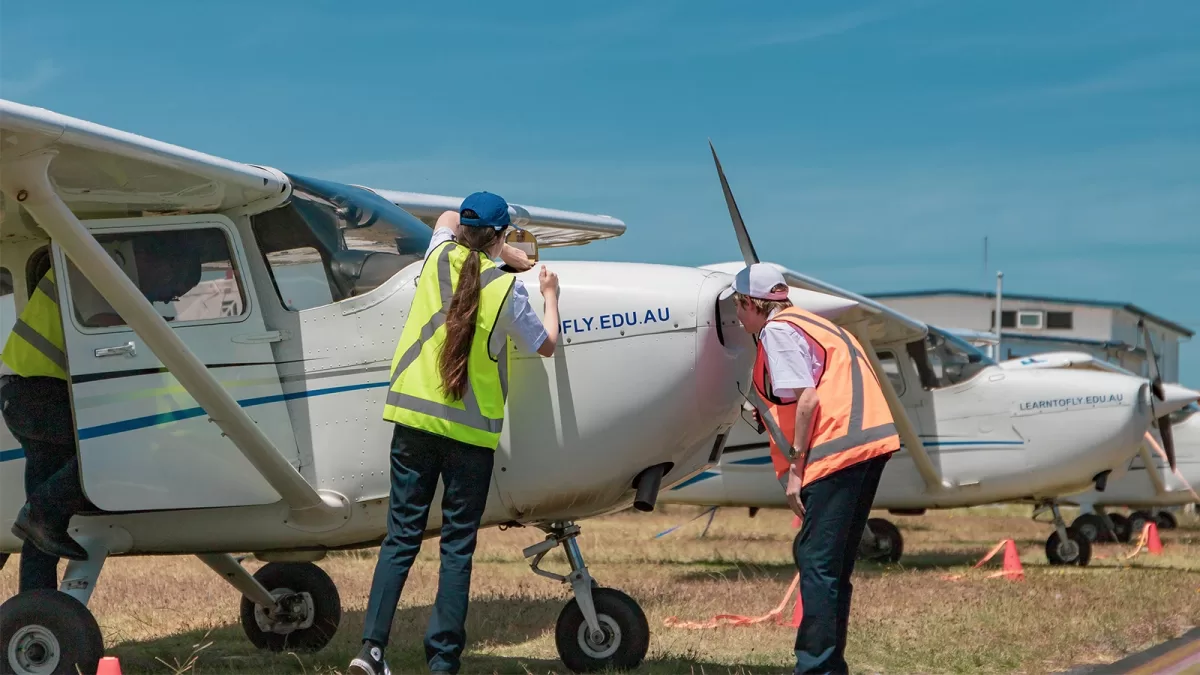
December 16, 2024
Medical Requirements for PPL Holders
Obtaining a Private Pilot Licence (PPL) in Australia is an exciting step toward aviation freedom, whether for recreation or career progression.
However, one of the essential steps to securing your PPL is meeting the medical requirements outlined by the Civil Aviation Safety Authority (CASA).
Why Are Medical Requirements Important?
Medical fitness ensures the safety of pilots, passengers, and the public. CASA’s standards are designed to minimise risks associated with in-flight medical incapacitation, safeguard operations, and enhance aviation safety.
Types of Medical Certificates
CASA offers three medical certification classes:
- Class 1: Required for commercial pilots.
- Class 2: Suited for private pilots operating non-commercial flights.
- Basic Class 2: Designed for recreational and lower-risk flying, often assessed by general practitioners (GPs) against Austroads commercial driving standards.
For PPL holders, a Class 2 or Basic Class 2 certificate typically suffices, depending on operational contexts
Steps to Obtain Your Medical Certificate
1. Register for a myCASA Account
A myCASA account is mandatory to access CASA’s Medical Records System (MRS). The MRS serves as your hub for managing applications and tracking progress.
2. Fill Out Your Application
Supply your medical history in the MRS. Honesty regarding previous illnesses, operations, or therapies is crucial for preventing hang-ups.
3. Attend a Medical Examination
Book an examination with a CASA-approved DAME or a GP for Basic Class 2 applicants. The exam will cover:
- Sight and hearing tests
- Heart health checks
- General medical check-up
- Additional tests, such as electrocardiograms (ECGs) or stress tests, may be required for those over 40 or with pre-existing conditions.
4. Review and Submission
Once the examination is complete, the DAME uploads your results to CASA. Routine applications are processed within 20 business days; however, complex cases requiring specialist input may take longer.
5. Receive Your Certificate
Upon approval, your medical certificate will outline any operational restrictions, such as wearing corrective lenses or daylight-only flying.
Key Considerations for Aspiring PPL Holders
Renewal Intervals
Certificates have defined validity periods. For Class 2, it’s typically four years for pilots under 40 and two years for those over 40.
Specialist Reviews
Pilots with chronic conditions may require further evaluation. This ensures compliance with CASA’s stringent health standards.
Navigating Challenges
Medical certification can present unique challenges, particularly for candidates with pre-existing conditions or those new to the process. Here’s how to navigate common obstacles:
Managing Pre-Existing Conditions
Transparency is paramount when declaring medical conditions. Chronic illnesses like asthma, diabetes, or hypertension may not outright disqualify a candidate but could necessitate additional tests. Providing thorough documentation from treating specialists helps demonstrate condition management. CASA evaluates each case individually, ensuring decisions balance safety with fairness.
Understanding Complex Cases
For complex medical histories, CASA employs a peer-review process. While this can extend processing times, it ensures comprehensive and accurate evaluations. Pilots with heart conditions, for example, might undergo advanced testing, including stress ECGs or imaging studies. Being proactive in gathering and submitting required documents can significantly reduce delays.
Appeals Process
If CASA refuses an application or grants it with limitations, then pilots have the right to appeal. Applicants should obtain expert advice from aviation medical specialists who can provide additional supporting evidence or clarify misunderstandings. While the appeals process can seem intimidating, many cases are resolved favourably with proper representation and additional data.
Operational Limitations
Sometimes, medical certificates are issued with operational limitations, such as “daylight-only” or “no aerobatic flying.” These are not necessarily setbacks but a chance to fly within the regulations while the problem is being resolved. Often, improved medical fitness—such as better blood pressure control or vision correction—allows these restrictions to be removed at the time of recheck.
Mental Health Considerations
Aviators’ mental health is a crucial component of aviation safety. CASA’s approach focuses on supporting, not penalising, aviators with mental health challenges. Programs that encourage early disclosure and treatment create a safer environment to address issues of anxiety or depression without putting their certification in jeopardy.
Navigating Rural Accessibility
The CASA-approved DAMEs might be difficult to reach for pilots in remote areas. To address this, CASA’s Basic Class 2 program allows local GPs to conduct the assessments, increasing access without reducing safety standards. Telehealth consultations for follow-ups or secondary assessments will also help bridge the gap.
By understanding these challenges and adopting proactive strategies, aspiring PPL holders can navigate the medical certification process with confidence, ensuring compliance and readiness for their aviation journey.
Benefits of Medical Certification
Medical certification is not just a needed regulatory requirement; it points to your commitment to general aviation safety and personal health. Meeting CASA’s standards facilitates access to pathways for advanced training, including a Diploma of Aviation in Australia, providing a chance for career development.
The acquisition of a medical certificate is one of the most crucial milestones in acquiring a PPL license in Australia. Knowing CASA’s demands, properly preparing for the whole process, and trying to preclude complications will let you confidently feel this important step to becoming a responsible and good pilot. Be it recreational flying or advancement to professional aviator duties, staying up-to-date and prepared can make all the difference for an easy passage.


